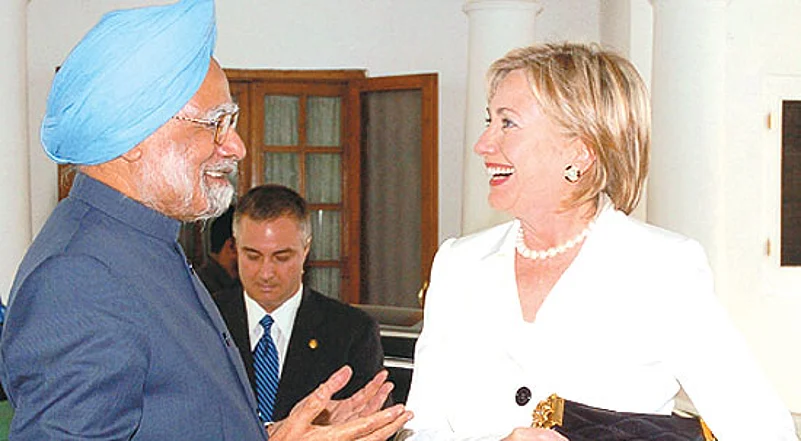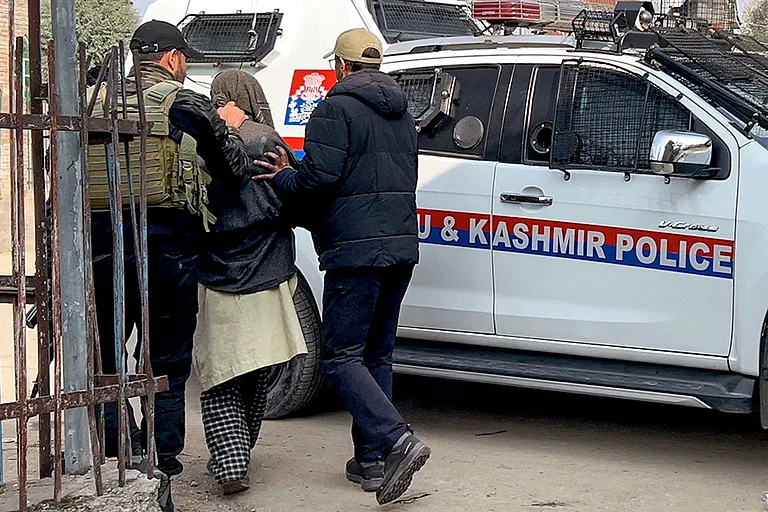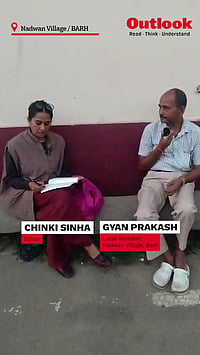The Troubled Triangle: India, America, Pakistan
America’s motive?
The US basically wants Pakistan to concetrate on fighting terror as Washington deploys more troops in Afghanistan. The US also wants to convince Islamabad it needn’t be paranoid about New Delhi. Therefore, reduce tension between India and Pakistan.
How to reduce tension?
Get India and Pakistan to talk. So Manmohan Singh and Asif Ali Zardari meet in Yekaterinburg, Russia. Then Singh and Yousuf Raza Gilani enter into parleys in Sharm el-Sheikh, Egypt.
Is Pakistan comforted?
On paper, yes. Action on terror is delinked from Indo-Pak composite dialogue. The B-word, that is Balochistan, finds mention, suggesting an Indian hand in fanning the Baloch secessionist movement. Singh also says he never intended to insult Zardari.
Why’s there a furore in India?
A sellout under US pressure, says the opposition BJP. The joint
statement reverses India’s stance of no talks unless Pakistan acts against the masterminds of the Mumbai attack. The B-word could see Pakistan accuse India of fomenting trouble in Balochistan.
What has India got?
The accused in Mumbai are to be chargesheeted. Pakistan accepts Lashkar-e-Toiba’s role in Mumbai 26/11. But the terror group’s founder, Hafiz Saeed, is likely to go free. No direct evidence linking him to Mumbai. No time-frame specified for composite dialogue, so India need not begin it.
Why has the UPA accepted all this?
There is furious speculation about America’s role. Diplomacy involves give and take. It was under American pressure that Pakistan accepted the role of its citizens in the terror attack on Mumbai, helping the UPA to neutralise the BJP’s terror card.
Is the US re-hyphenating its relations with Pakistan and India?
No, most say. India has raced far ahead of Pakistan for the US to establish parity between them.
***
Indo-US Sticking Points
- Enrichment and reprocessing technology shouldn’t be given to a country like India, which is not a signatory to the nuclear Non-Proliferation Treaty (NPT).
- Wants India to bring down the level of its carbon emissions drastically by moving away from its current dependence on fossil fuel to clean energy.
- The Obama administration’s push for ctbt not to India’s liking.
- Fears that end-use monitoring arrangement that India and the US have signed could lead to intrusive inspection.
- A reprocessing agreement between India and the US could see obstacles emerge.
***
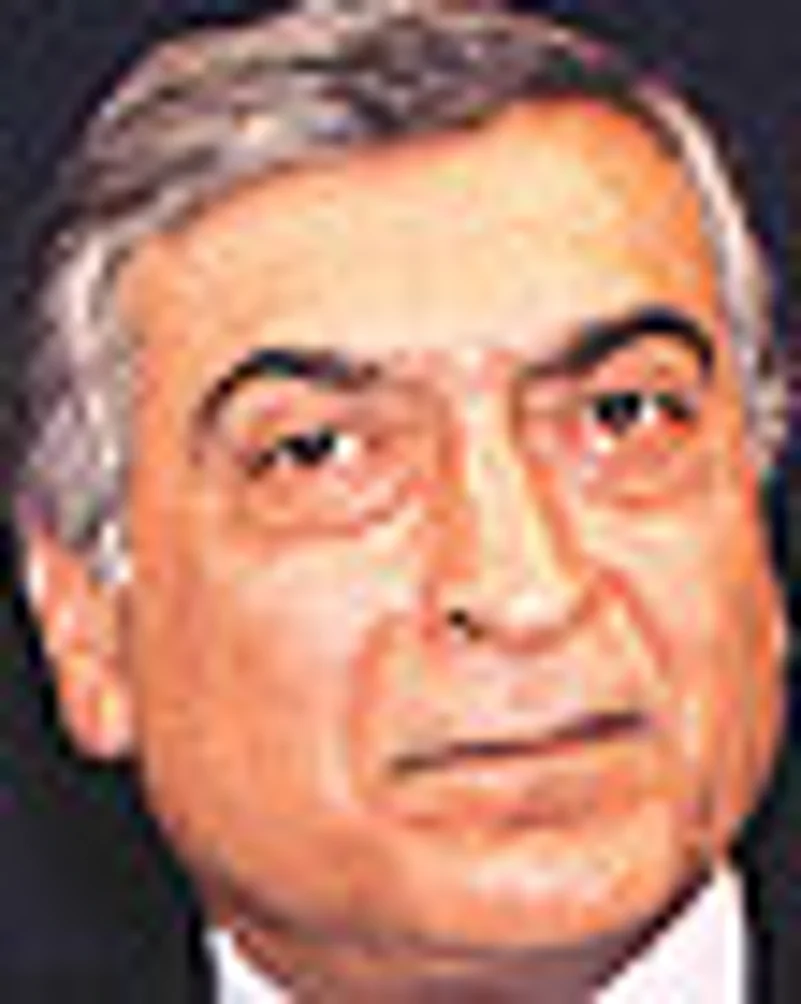
“The relationship with the US brings benefits but there’s always a price tag attached.”
—Kanwal Sibal, Ex-foreign secretary

“US cannot extract out of us what’s against national interest. This has never happened.”
—Lalit Mansingh, Ex-foreign secretary
***
It’s deja vu for Prime Minister Manmohan Singh and the Congress-led UPA coalition. Visibly delighted to have electorally vanquished the opposition, which had been scathingly critical of the Indo-American nuclear agreement, Manmohan finds yet another foreign policy issue casting a looming shadow over his government. Barely two months into his second term, the prime minister is being pilloried by the opposition for the joint statement he and his Pakistani counterpart Yousuf Raza Gilani signed last week at Sharm el-Sheikh, Egypt. India was seen to have granted two important concessions: the joint statement delinked the Indo-Pak composite dialogue from action on terror by Islamabad; and it included Pakistan’s worries about Balochistan, unwittingly conveying the impression that New Delhi was fomenting trouble in that troubled Pakistani province.
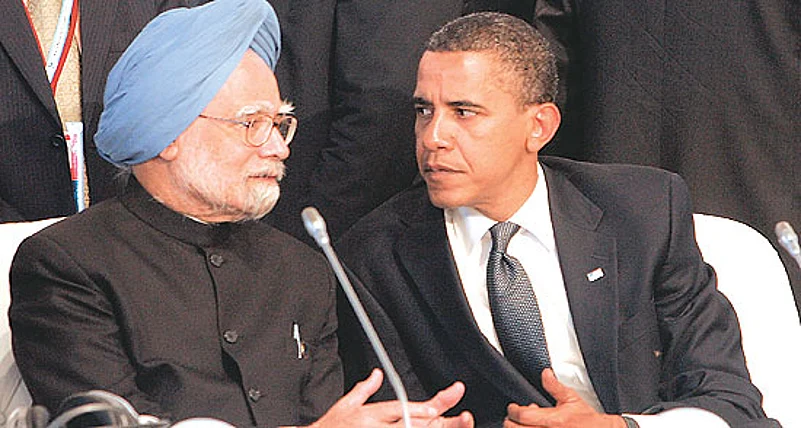
Manmohan, Obama at the G-8 meet
To this hackneyed Indo-Pak tale there was an American twist. That the joint statement was signed a day before US secretary of state Hillary Clinton arrived in India provoked the opposition into seeing an American hand in New Delhi’s reversal of its Pakistan policy. For months post-26/11, India had been demanding that Pakistan punish the Mumbai mastermind and dismantle the terror infrastructure before the stalled composite dialogue could be resumed. This policy reversal, and the B-word in the joint statement, triggered cries of a sellout, of the UPA dancing to America’s tune and compromising the national interest. Even Indo-US agreements hammered out during Hillary’s visit came under scrutiny.
But first, the controversial B-word in the statement (see box on page 45). Pakistan wanted to introduce the words “threats from India in Balochistan”; the Indian delegates successfully warded off that proposal. The joint statement, instead, stated: “Prime Minister Gilani mentioned that Pakistan has some information on threats in Balochistan and other areas.” But this has many in the foreign policy establishment in Delhi quite worried. Former foreign secretary Kanwal Sibal told Outlook, “It was a serious error and the consequences of that were immediate, for Gilani has spoken of Indian involvement in Balochistan. We have given Pakistan an opportunity to put us on the defensive by accusing us of being a sponsor of terror, in line with its obsession with achieving parity with India in every respect.” His worry is already proving prescient. Over the last week, the Pakistani media has been claiming that Gilani handed over a dossier to Manmohan listing India’s involvement in Balochistan and the terrorist attack on the Sri Lankan cricket team in Lahore early this year.
Indian officials, however, deny having received any dossier from Pakistan, though they do acknowledge that the two leaders did discuss the issue. It remains a mystery whether or not Gilani had shared any “evidence” with Manmohan. A close aide of the PM says, “The decision to include Balochistan in the joint statement shows we are confident and our hands our clean.” Others say India agreed to include Balochistan, where a decades-long secessionist movement has gathered fresh momentum since 2004, in order to deter Pakistan from “internationalising” Kashmir in future. This spin, though, is rejected by Pakistan-watchers, who feel Islamabad’s only motive is to internationalise the “Indian involvement” in Balochistan—and consequently neutralise India’s charge of Pakistan fomenting terrorism in Kashmir and elsewhere.
So why did Manmohan make this huge concession to Pakistan? Some say it was aimed at ensuring that Pakistan takes action against the masterminds of Mumbai 26/11. But others feel it was done to keep the Americans happy. When Manmohan snubbed Pakistani President Asif Ali Zardari in Russia, his undiplomatic act earned the displeasure of Americans and roiled public opinion in Pakistan. This was why, sources say, before arriving in Egypt, Manmohan clarified through the media that his intention wasn’t to hurt Zardari. The joint statement was aimed to soften Pakistan and simultaneously appease the Americans.
Why should India keep the Americans happy? It’s now quite evident that New Delhi’s strategy of countering terror emanating from Pakistan depends crucially on American assistance. India barely has the leverage to make Pakistan fall in line. It consequently depends on the Americans to put pressure on Pakistan and make it take action against terrorists operating from its soil. And America is willing to play ball because it fears that renewed tension between India and Pakistan would distract Islamabad from the war against terror in Afghanistan, thereby undermining its plan to stabilise Afghanistan and withdraw from there as soon as possible.

The carpet under your feet: Manmohan and Gilani meeting in Sharm el-Sheikh, Egypt
America’s Afghanistan plan has consequently prompted the Obama administration to play a balancing act between India and Pakistan. Aware that the Indians would come to the negotiating table with Pakistan only if Islamabad shows some action against the Mumbai masterminds, the American agencies shared information with the Indians. They said that though it was difficult to link Lashkar-e-Toiba founder Hafiz Saeed to the Mumbai terror attack, the involvement of other Lashkar leaders like Zaki-ur-Rehman Lakhvi, Zarar Shah and others could be established—and Islamabad could act against them. This American assurance was affirmed through the dossier Pakistan handed India before the meeting in Egypt. For the first time, Islamabad officially accepted LeT’s role in the Mumbai attack, prompting India to come to the negotiating table.
In the outcry against the statement, Pakistan’s categorical assurance of taking urgent action against the Mumbai masterminds was forgotten. Also the fact that Pakistan has appointed a judge to hear an appeal against the high court’s acquittal of Saeed and promised to file chargesheets against the top leaders in custody. And some LeT leaders on the run have been declared proclaimed offenders. But critics say these are incremental gains, considering that the trial could take inordinately long to complete.
It was in this backdrop that Hillary arrived in India. Even as America nudged India and Pakistan to the negotiating table, her visit was aimed at assuring New Delhi that Indo-US relations would continue to grow under Barack Obama, just as it had under George W. Bush. Her discussion of issues, both bilateral and global, with the Indian leaders was an attempt to offer a Washington perception of India as a future power, irrespective of the trajectory Indo-Pak relations take.
Hillary made it clear that bilateral relations were now based on five crucial pillars—strategic cooperation (on issues like non-proliferation, counterterrorism and defence); energy & climate change; education & development; trade & agriculture; and science & technology. She also managed to hammer out a technology safeguards agreement and an end-user monitoring arrangement (EUMA) with India. Both have provoked opposition talk of a sellout and that inspections under these agreements could compromise national interest. But officials say such agreements are insisted upon even by Russia; India too seeks such an agreement while supplying sensitive technology to other countries.
Says former Indian diplomat M.K. Bhadrakumar, “The US is actually trying to broadbase its relationship with India and demilitarise the ties from what they had become under the Bush presidency.” Agrees former foreign secretary Lalit Mansingh, “Hillary has very clearly stated that Indo-US relations are now moving on to a higher level.”
But there were some worrying aspects about Hillary’s visit. There are fears that Washington may force New Delhi to agree to a drastic reduction in carbon emissions by 2009-end, hampering economic growth. There are also apprehensions that the US will try to campaign with other members of the Nuclear Suppliers Group to prevent the sale of enrichment and reprocessing technology to India as it isn’t a signatory to the nuclear non-proliferation treaty. Hillary tried to allay such fears, citing the provisions of the Indo-US agreement to bolster her point.
“India always faces this dilemma about its relations with the US,” says Sibal. “The relationship brings in many benefits, but there is always a price tag attached to it.” But Mansingh feels the fear over loss of sovereignty is all hype. The past shows that even at its weakest moment—in the years following independence and after India lost the 1962 war—the Indian leadership had never succumbed to pressure and compromised on national interest. “The US cannot extract things out of us that are against national interest,” he said.
Yet the disquiet over the conduct of foreign policy has seeped into the Congress party as well. It has through its silence expressed criticism of the Indo-Pak joint statement; there’s also discussion over the implications of the EUMA. There’s no final word yet on these contentious issues as Congressmen wait to hear the prime minister’s reply to the opposition charge on the joint statement and Indo-US relations. Watch this space next week.






